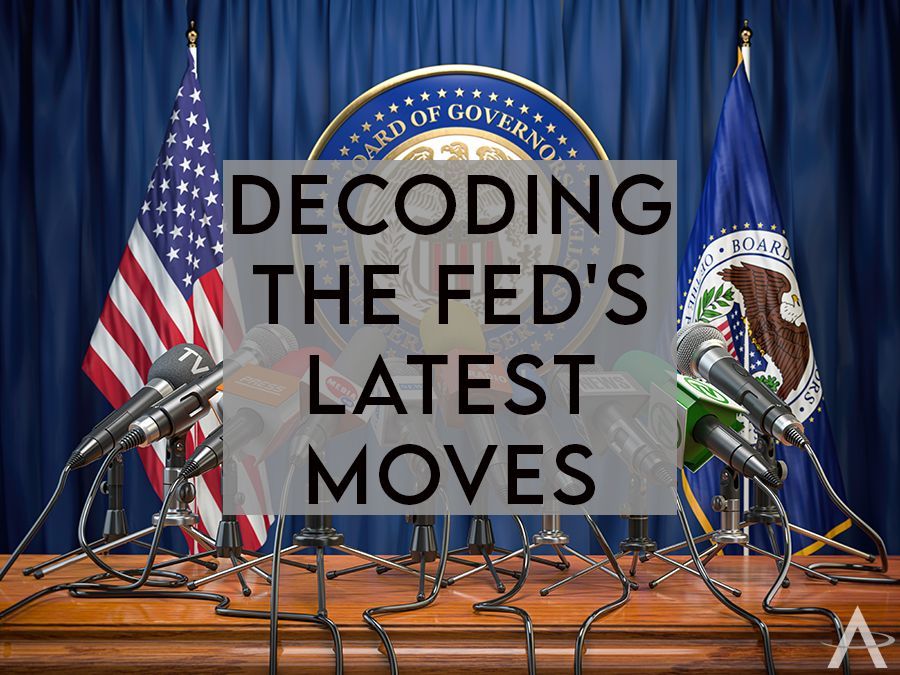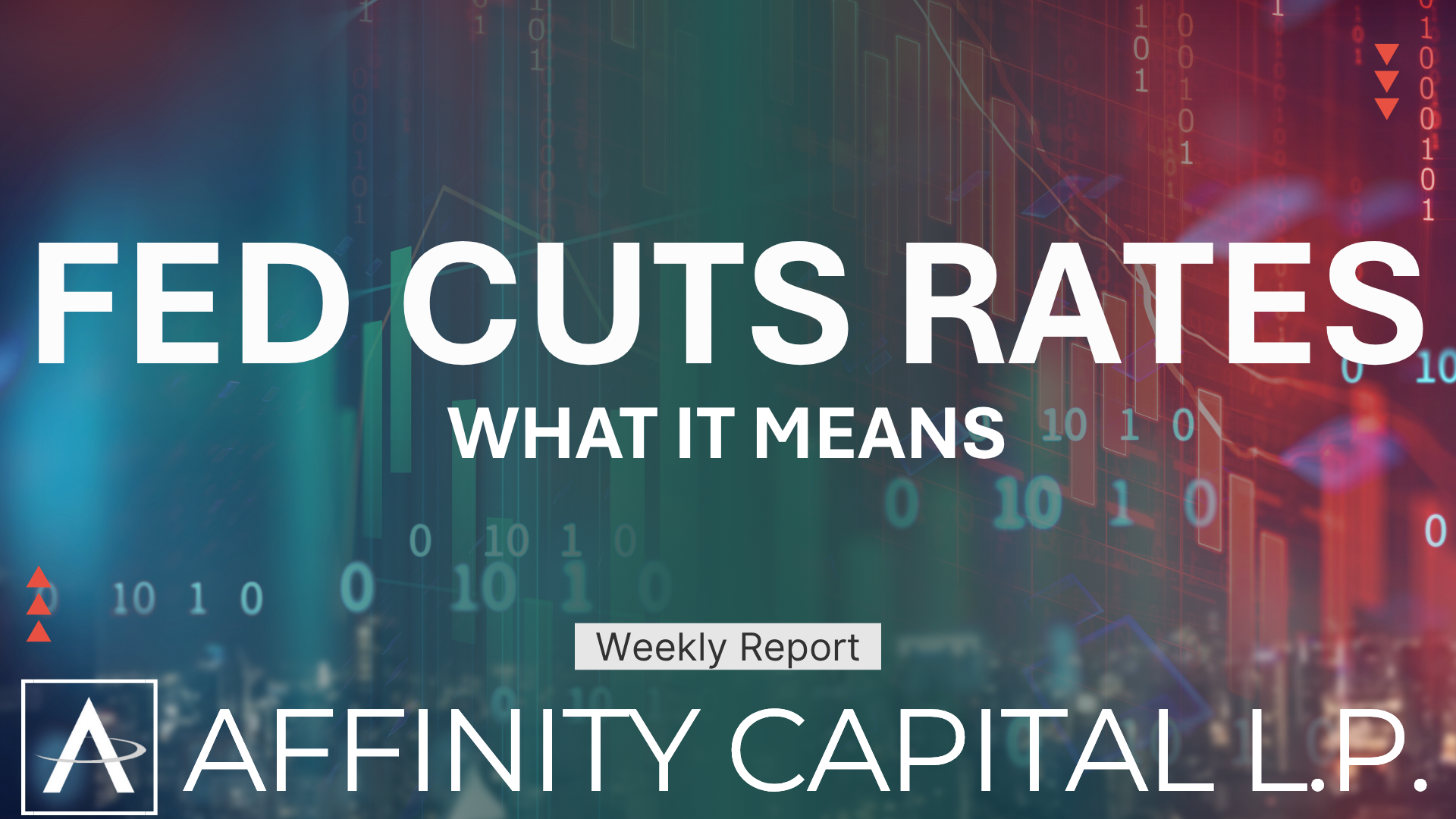Decoding the Fed's Latest Moves: Insights from Yesterday's Pivotal Meeting

In the Federal Reserve's first policy meeting of 2024 held yesterday, the key decision was to keep the federal funds rate unchanged, maintaining it within the range of 5.25% to 5.5%. This move marks the fourth consecutive time the central bank has opted against a rate hike since July 2023. This decision reflects the Fed's response to the current economic situation, where there's been some progress in managing inflation, although it still hovers above the Fed's target of 2%.
The U.S. economy has shown resilience despite these rate increases. The employment sector has been particularly strong, with a sub 4% unemployment rate and job openings outnumbering unemployed workers. However, the housing sector, sensitive to interest rate fluctuations, has faced challenges, with existing home sales reaching their lowest annual tally since 1995.
In 2024, the U.S. economy has demonstrated resilience, primarily buoyed by robust consumer spending. This resilience is particularly notable considering the aggressive interest rate hikes by the Federal Reserve. The last quarter of 2023 saw the economy grow at a rate of 3.3%, supported by strong consumer spending, which accounts for more than two-thirds of U.S. economic activity. This growth was facilitated by rising wages, higher interest and dividend income, and subsiding inflation, allowing consumers to spend more on dining out, hotels, healthcare, recreational goods, and vehicles.
However, it's important to note that the National Retail Federation cautions that the growth in consumer spending seen in 2023 might not be sustainable in 2024. The labor market is expected to cool, which could impact consumer expectations and spending decisions. Despite this, the overall economic fundamentals remain solid, suggesting that the U.S. economy is likely to avoid a recession in 2024. The key to maintaining this positive trajectory will be how the Federal Reserve manages interest rates moving forward.
Looking ahead, the Federal Open Market Committee (FOMC) signals that rate cuts could be on the horizon, potentially starting as soon as May 2024. These anticipated rate cuts are in line with the Fed's observation that the economy is on a path of sustainable growth and that inflation is gradually moderating. The market anticipates that these cuts could surpass the Fed's projected 75 basis points of easing by the end of the year, possibly adding an additional 50 basis points.
Mortgage rates, closely tied to the Fed's policy actions, have stabilized in the early part of 2024. For significant drops in mortgage rates, more evidence of slowing inflation and sustainable economic growth is needed. It's expected that mortgage rates will start to ease, aligning with the broader market anticipation of a more normalized monetary policy as the year progresses.
It's worth noting that while the Fed's rate decisions are crucial, mortgage rates are influenced by multiple factors and not set directly by the Fed. The Fed's rate decisions often correlate with movements in mortgage rates, though other economic and political factors also play a role.
These developments suggest a period of relative stability in the near term, with the possibility of more favorable borrowing conditions as the year unfolds. However, it's important to remain vigilant and responsive to new economic data and the Fed's future policy decisions.
Overall, the Fed's current stance indicates a careful approach, balancing the need for economic growth with the goal of maintaining inflation control. The next Federal Open Market Committee meeting, scheduled for March 19-20, 2024, will provide further insights into the Fed's economic outlook and policy adjustments. We will continue to monitor these developments closely and provide guidance on how they may impact your investment strategy. As always, our team is here to support your financial goals and answer any questions you may have.
Please feel free to reach out for further discussion or clarification on these matters. Thank you for the opportunity to serve you and your family and to collaborate with you for—Wealth Management for Life!



